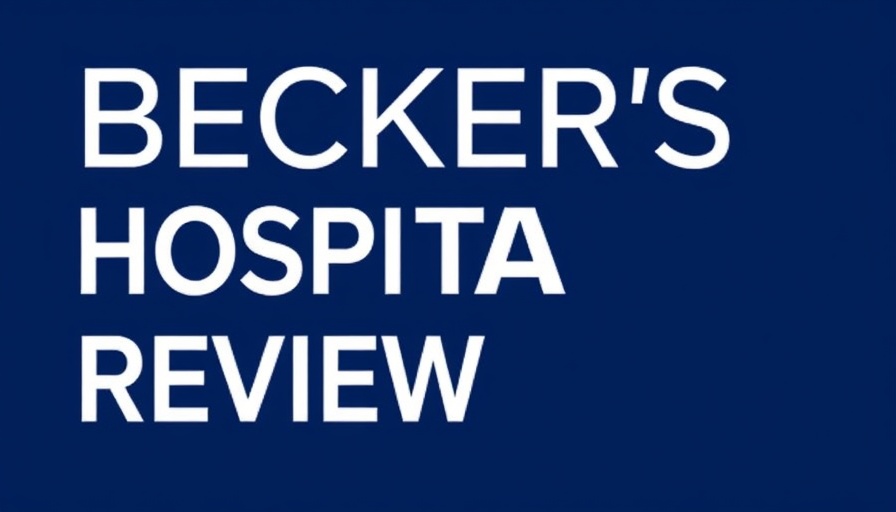
The Workers Stand Firm: A Call for Justice at Children’s Hospital Oakland
As open-ended strike plans loom over UCSF Children’s Hospital Oakland, more than 1,300 healthcare workers are voicing their concerns amid a major restructuring. The National Union of Healthcare Workers has approved the strike, pointing out how the University of California’s integration plan threatens their contracts, introduces higher costs, and diminishes care standards for the community’s children.
The workers argue that the proposed integration effectively amounts to a financial setback, with many fearing a reduction in their annual earnings by around $10,000 due to increased health and retirement costs. This alarming statistic not only underscores the economic stakes but challenges the assertion that the merger will yield benefits for both employees and patients.
The Heart of the Matter: More Than Just Economics
Jackki Patrick, a patient care assistant, aptly captures the sentiments of the workers. “This is a naked money grab by the University of California against workers in Oakland that will result in less care and fewer caregivers for children in the East Bay,” she stated. The emotional undercurrents are palpable; this strike isn't just a labor dispute. It reflects a deeply rooted concern for the community’s well-being.
While UCSF leaders promise a $1.6 billion investment for modernizing the Oakland campus, including the construction of a new hospital and improved facilities, the implications of fewer caregivers in critical settings are unsettling. This duality—expansion paired with reduced staffing—raises critical questions about the quality of care that will be afforded to families in the East Bay.
Funding the Future: Balancing Investment and Care Quality
The proposed investment includes enhancements such as a new emergency department, trauma care facilities, and additional inpatient beds focused on mental health. Yet, as healthcare professionals and community advocates weigh these developments, the current workforce conditions must not be overlooked. Can significant financial outlays truly translate to better patient care if fundamental staffing issues persist?
Legal Actions and Community Response
In tandem with the strike authorization, the union has initiated legal proceedings against the health system, arguing that the integration plans breach existing contracts. A federal judge's hearing scheduled for June 26 could have implications that resonate beyond the courtroom, framing labor relations in the healthcare sector for years to come.
Meanwhile, as the situation develops, families and patients are left in an uncertain limbo, pondering what this ongoing battle means for their health services. The backdrop of impending labor action looms large over the hospital's operations, and community stakeholders are urged to consider the long-term ramifications of these changes.
If It Affects One, It Affects All: A Community in Focus
For families visiting UCSF Children’s Hospital Oakland, the looming strike signifies more than just a clash of contracts. “We have to take care of each other, and if our caregivers are stressed or overworked, who benefits? Certainly not our children,” pointed out a local parent. This sentiment captures the essence of healthcare as not merely a service but a lifeline woven into the fabric of the community.
Mobilizing Change: A Call to Action
As independent healthcare providers, it's crucial not only to stay informed about these developments but also to consider how they may reshape practices and patient interactions in the longer run. The labor movement at Children’s Hospital Oakland spotlights the ongoing struggle for fair employee health benefits and the critical importance of sufficient staffing in healthcare settings.
This is a moment for local healthcare leaders to engage with communities, redefine care standards, and advocate for both workers and families alike. In a healthcare environment where every penny is counted, understanding how proposed changes will affect employee retention and clinical workflows is essential.
Considering these factors prompts vital discussions around healthcare automation tools, telehealth revenue opportunities, and the potential savings from streamlined clinic operations. How can practitioners ensure that economic pressures do not narrow the quality of care that their patients receive?
In conclusion, the potential strike by UCSF Children’s Hospital Oakland's workers serves as a reminder of the delicate balance between investment in healthcare and prioritizing the community's well-being. Families and healthcare providers must unite to advocate for a system that values both quality care and fair working conditions. By exploring discussions around employee health benefits and the integration strategies proposed, we can seek pathways that prioritize the needs of both caregivers and patients.
**Take action today! Engage with community advocacy groups to support transparent communication between healthcare management and staff. Let’s ensure that the voices of healthcare workers are heard.**
 Add Row
Add Row  Add
Add 




Write A Comment